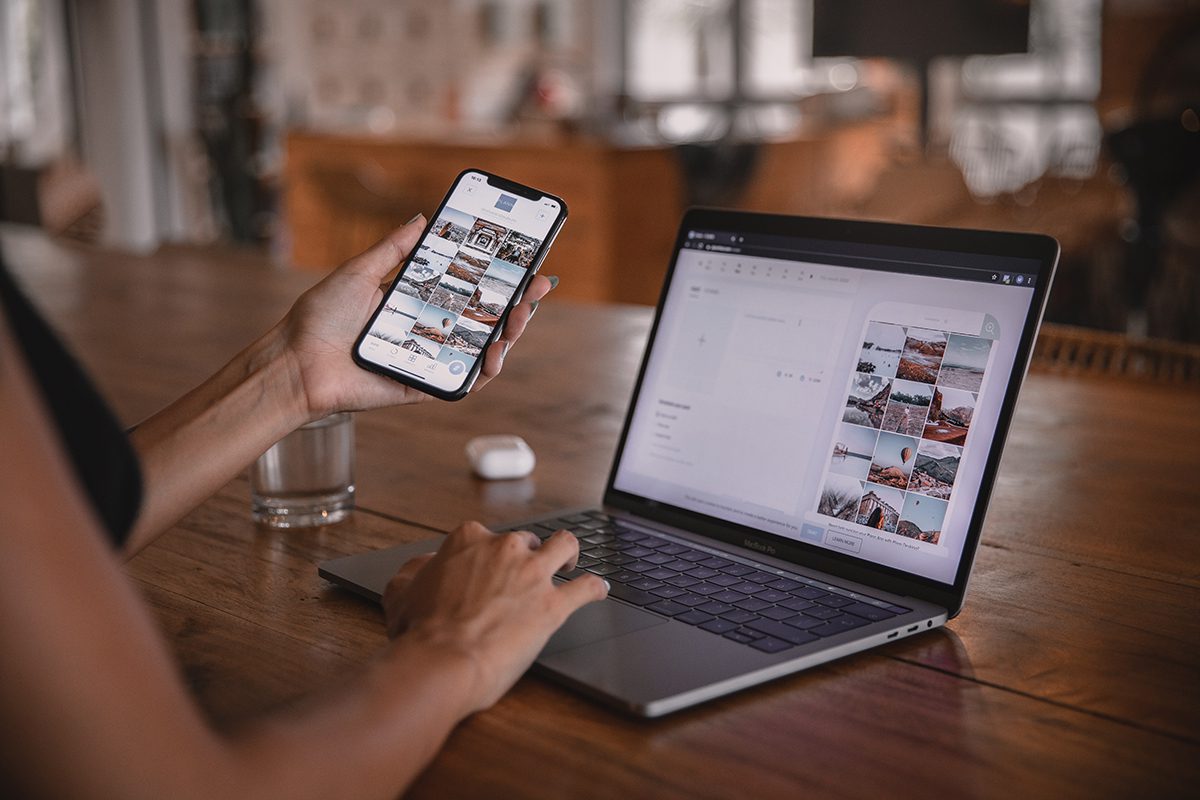Even if the implementation of an omnichannel strategy means an extra effort, its results will have great value for the business.
Omnicanality is a concept that is increasingly seen as a must rather than an option for any business that wants to succeed, but its application is not always simple and it is very important to begin by being clear about the meaning of the concept and to understand the differences between «omnichannel» and «multichannel».
When we talk about a multichannel commerce we mean a business that sells in several channels, for example, a clothing store with a physical store and an ecommerce. Both channels can be independent, being able to sell through one or the other but without a real relationship between them. Sometimes, even prices, offers, conditions or catalog can vary from one channel to another, being treated as different business areas.
However, to talk about omnicanality is not enough to sell in different channels: they must relate to each other through a strategy that focuses on the user’s experience, so that he can choose a channel to start the interaction, and then finish the purchase in a different channel. For example, a consumer could have a first contact with a brand on social networks, make his purchase online and pick it up in a physical store, so that he would come into contact with three different channels in his purchase process. When the business strategy allows the interaction between its channels, avoiding duplicity and managing them as a whole to improve the user experience, is when we can talk about an omnichannel strategy.
The reasons for implementing this type of strategy are numerous, among which we find greater user loyalty, an increase in sales, the improvement of the image as a company with technological capacity and even an opportunity to reach new customers. However, 66% of businesses in sectors such as retail do not have systems that allow them to customize the offer for their customers, so there is a great margin for improvement in this area.
But how to achieve omnicanality in business? These are some ideas that can help businesses to exploit the relationship between all their communication and sales channels, improving the shopping experience of their customers:
- A single channel: to implement a truly omnichannel strategy, it will be necessary to treat all channels as if they were one, communicating the same message, offering the same products and conditions and offering the customer a unified experience for any channel he chooses.
- The purchase, a personalized trip: secondly, the customer must have the possibility of using as many channels as he wishes in his purchasing process for each one of the steps. As mentioned above, a customer may start his purchase through a call center, make the online payment through a link and later pick it up in a physical store, or perhaps he prefers to see the product in the store and then buy it on the website. The variations will be numerous, and therefore it is important that there is a connection between all channels.
- Stock management and refunds: In order to integrate all the channels, it is necessary to control the available stock in all sales channels. In addition, with a unified control it will be easier to give the consumer the ability to make their returns through the channel that suits him best.
- Identification of the user in the different channels: although this phase can be complicated, knowing how the same user acts in different channels will give the company valuable information. For example, loyalty cards associated with an email can be used to link the offline buyer with their online activity.
- Customized payment methods: different channels also involve different payment methods, so the integration of all of them in a single platform will facilitate the management of the business, being able to control all the sales through a single dashboard. In addition, it is important that the checkout process is unified, so that the customer has sufficient confidence in any of the channels in which he is making the purchase.
For the improving of this last point, there are payment gateways that offer integrated solutions for all sales channels. This is the case of Sipay Plus, a Spanish gateway specialised in omnichannel payment solutions, from which they comment that «the end user is at the heart of our strategy, as we are aware that, by offering him the best experience and personalisation, we will be contributing to the creation of value for those customers who place their trust in us as a payment solution for their business«.



